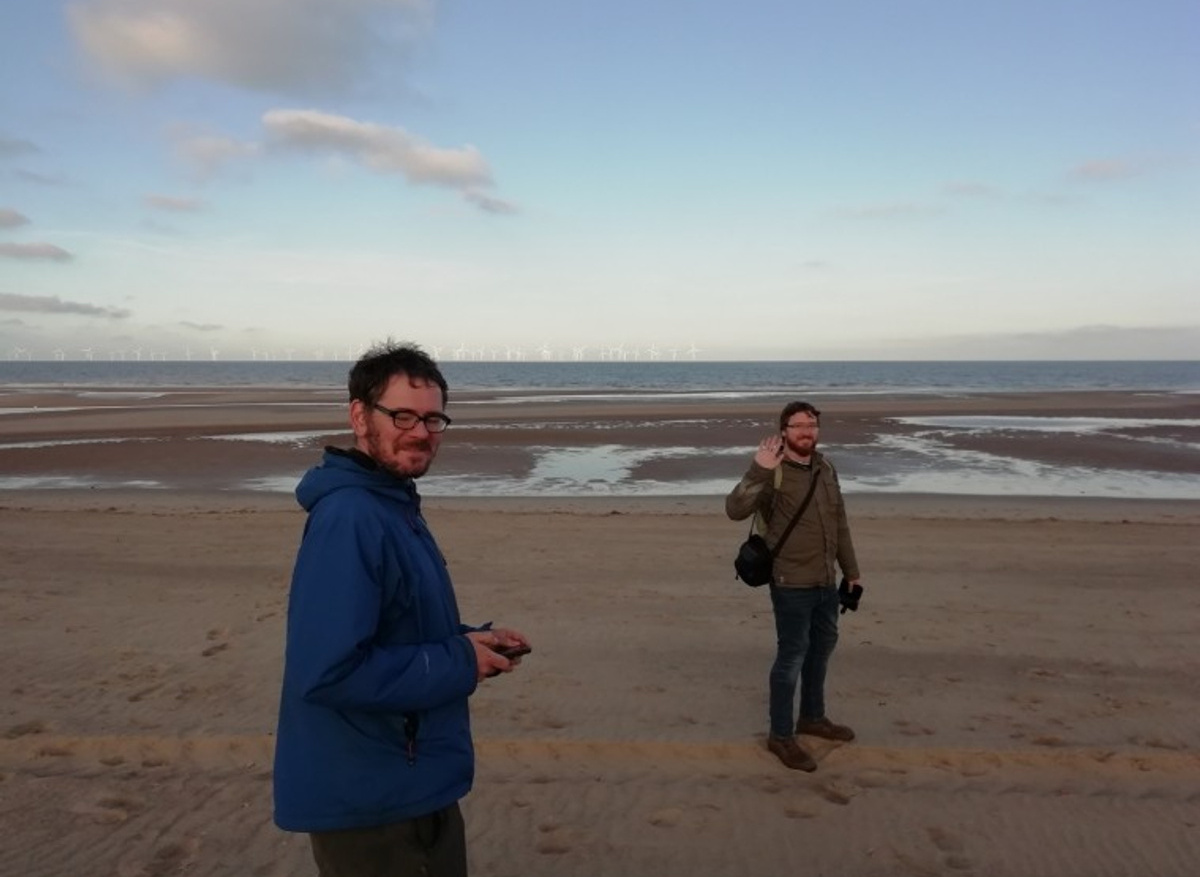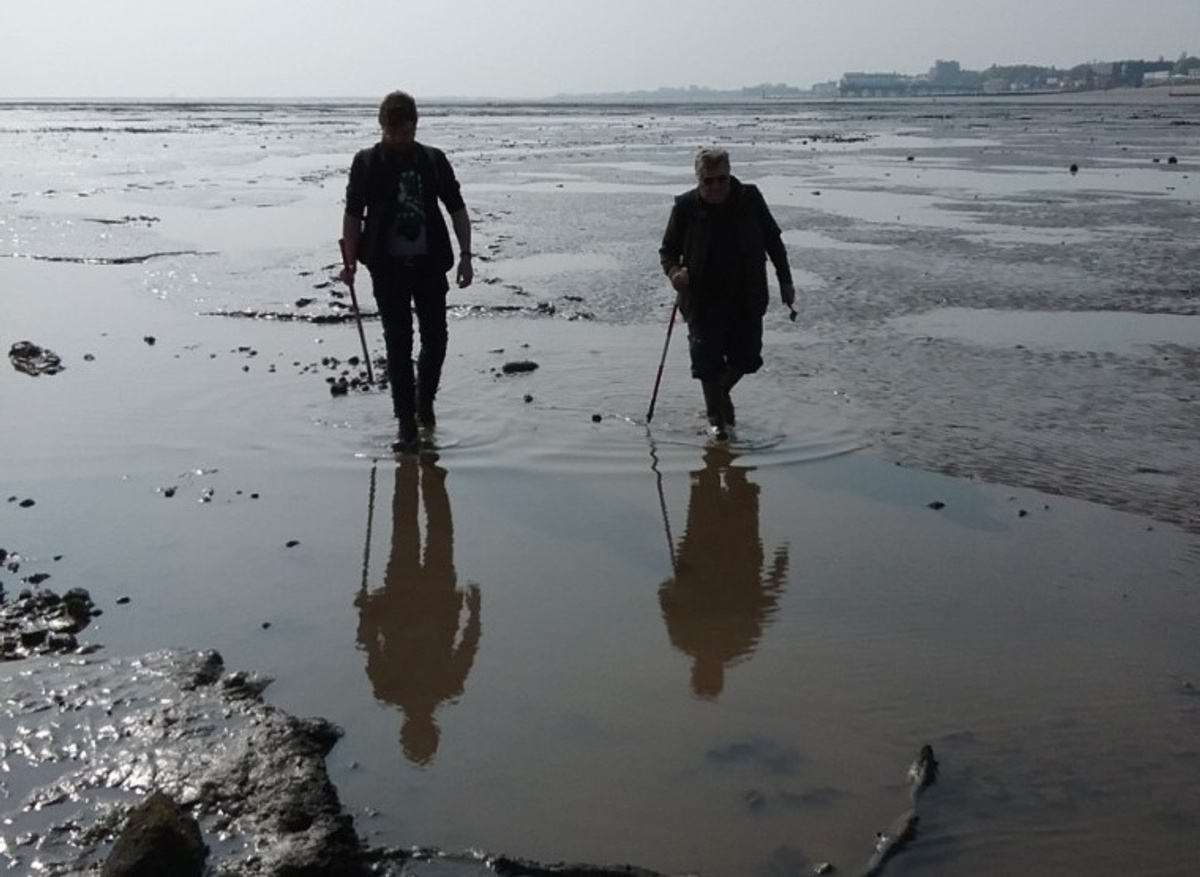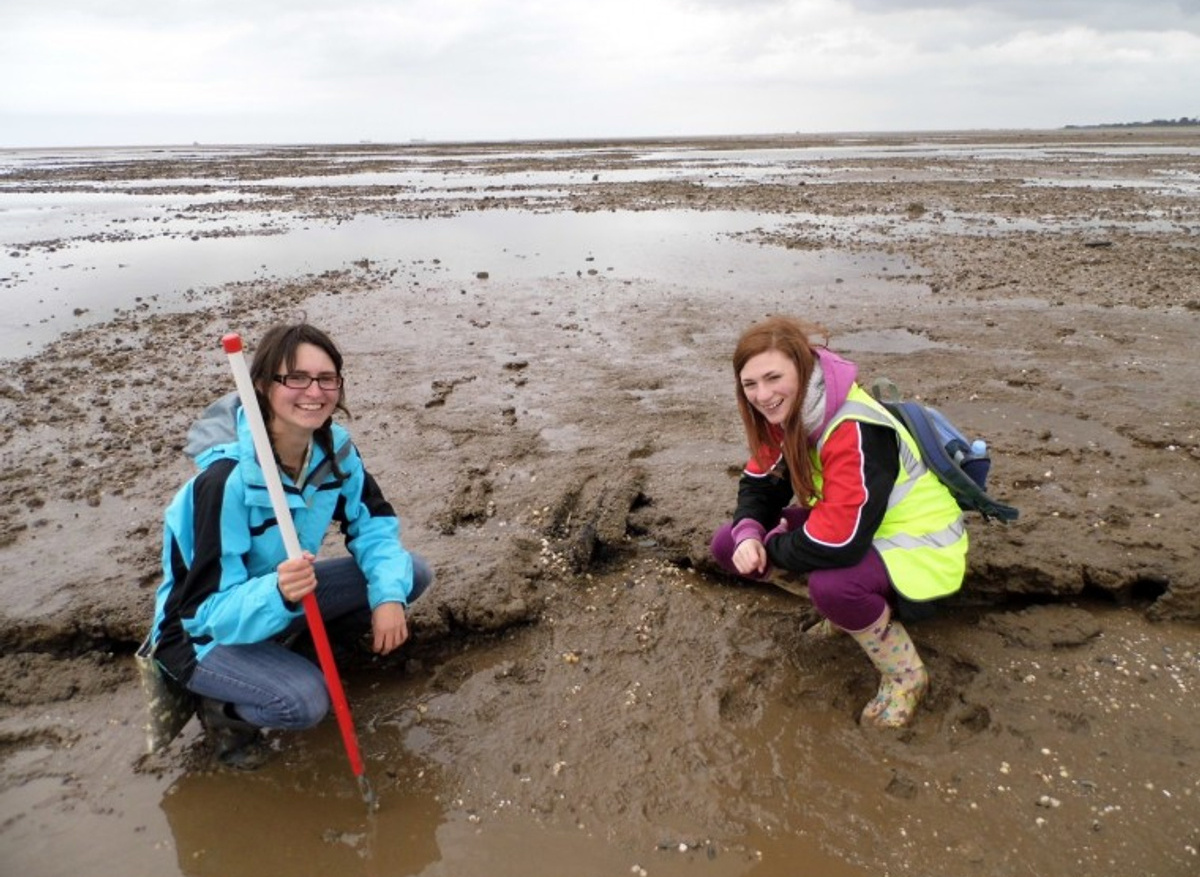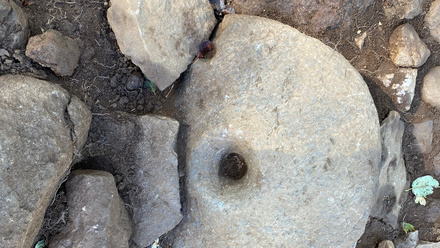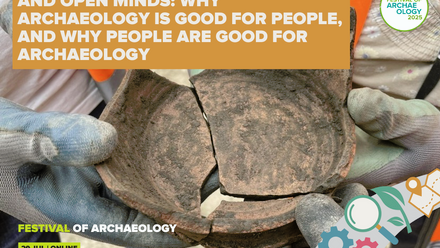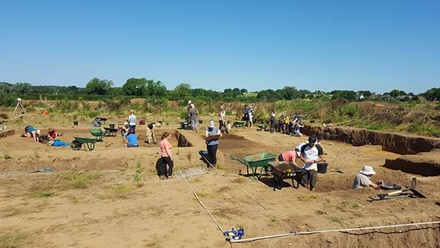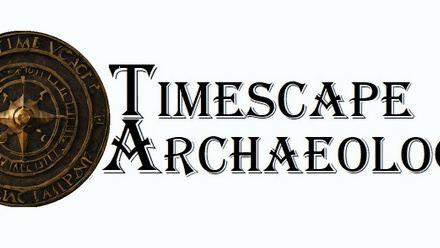Hi my name's Andy and I’m a Project Officer with CITiZAN (The Coastal and Intertidal Zone Archaeological Network) working in the North of England. CITiZAN is the Museum of London Archaeology's (Mola) England wide intertidal community archaeology project. Our first round of funding came to an end in September 2018 and there was a nervous wait to see if the project would be funded again. Happily our second round of funding was granted in the spring and the project swung back to life.
New projects mean new and returning staff. So I've been out at one of my favourite sites, Cleethorpes, sharing my knowledge of the first three years of the project and introducing the new team to some of our long standing volunteers. Cleethorpes is located on Lincolnshire's east coast at the mouth of the Humber Estuary and before the 19th century was a collection of small villages. By the 1860's and the coming of the railway, Cleethorpes had grown into a sizeable seaside resort with a pleasure pier and a reputation for sea-bathing.
But Cleethorpes also has much older attractions with a prehistoric submerged forest located just off-shore, visible in the intertidal muds at low tide. During the 1920's and 30's the submerged forest was itself a tourist attraction and included in early motoring guides to Lincolnshire with drivers encouraged to visit the 'forest in the sea'.
Surrounding the submerged forest is a thin deposit of peat, which is slowly being eroded by winter storms. In 1986 a hafted, stone axe-hammer was recovered from the peat by a local fisherman and dated to the Bronze Age (approximately 1400 BC). In 2013 a tree stump from the submerged forest was radiocarbon dated to between the late Neolithic and early Bronze Age (2910 - 2299 cal BC). Environmental analysis of the peatshelf suggests that it was formed when thick oak woodland existed on the site with a small amount of salt marsh close by. On CITiZAN's first visit to Cleethorpes in 2015 we identified a wooden structure eroding from the peatshelf which we think might be a short section of trackway (dating forthcoming).
So in early May, almost four years to the day of our first visit to Cleethorpes, we were back on the foreshore exploring the Humber’s prehistoric drowned landscape. Joining us on this visit was John, one of our earliest volunteers, who records features around the country for us with our app.
One of the joys of coastal archaeology is that your site is constantly evolving; with new features being uncovered all the time and others being eroded away, so you're never quite certain what you’re going find on a visit. On this visit a whole new area of the submerged forest had become exposed well to the south of the original exposure with a possible fishtrap of later date running through it. There were also several new shipwrecks exposed, probably dating from the 19th century and possibly relating to the occasional shipbreaking industry that was run from the beach at Cleethorpes. So there’s plenty for the new team to get their teeth into and record over the next three years.
I’m moving over to work on the west coast and will be running CITIiZAN’s programme in Liverpool Bay and am looking forward to seeing what Sam and Chris discover in the shifting muds of the Humber Estuary in the future. If you’d like to join the team on the foreshore you can check out our upcoming events here. Or you can read more about our exploration of England’s foreshore in CITiZAN’s own blog.
CITiZAN is funded by the National Lottery's Heritage Fund, the National Trust and the Lloyd's Register Foundation with generous support from Historic England and the Crown Estate. CITiZAN's three offices are based in Mola's London office at Mortimer Wheeler House (south east team), with the Nautical Archaeological Society in Portsmouth (south west team) and the Council for British Archaeology in York (north team).
Contact details
Andy Sherman
CITiZAN

